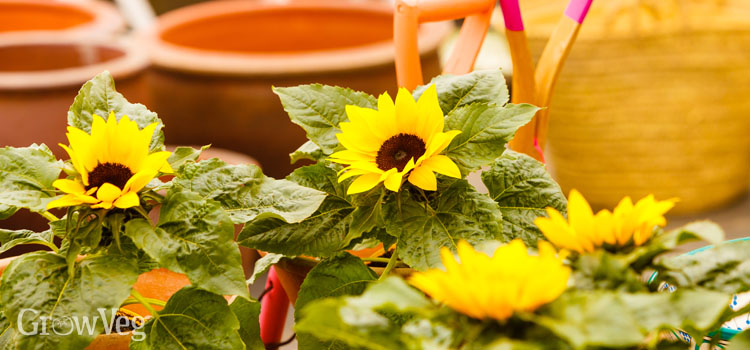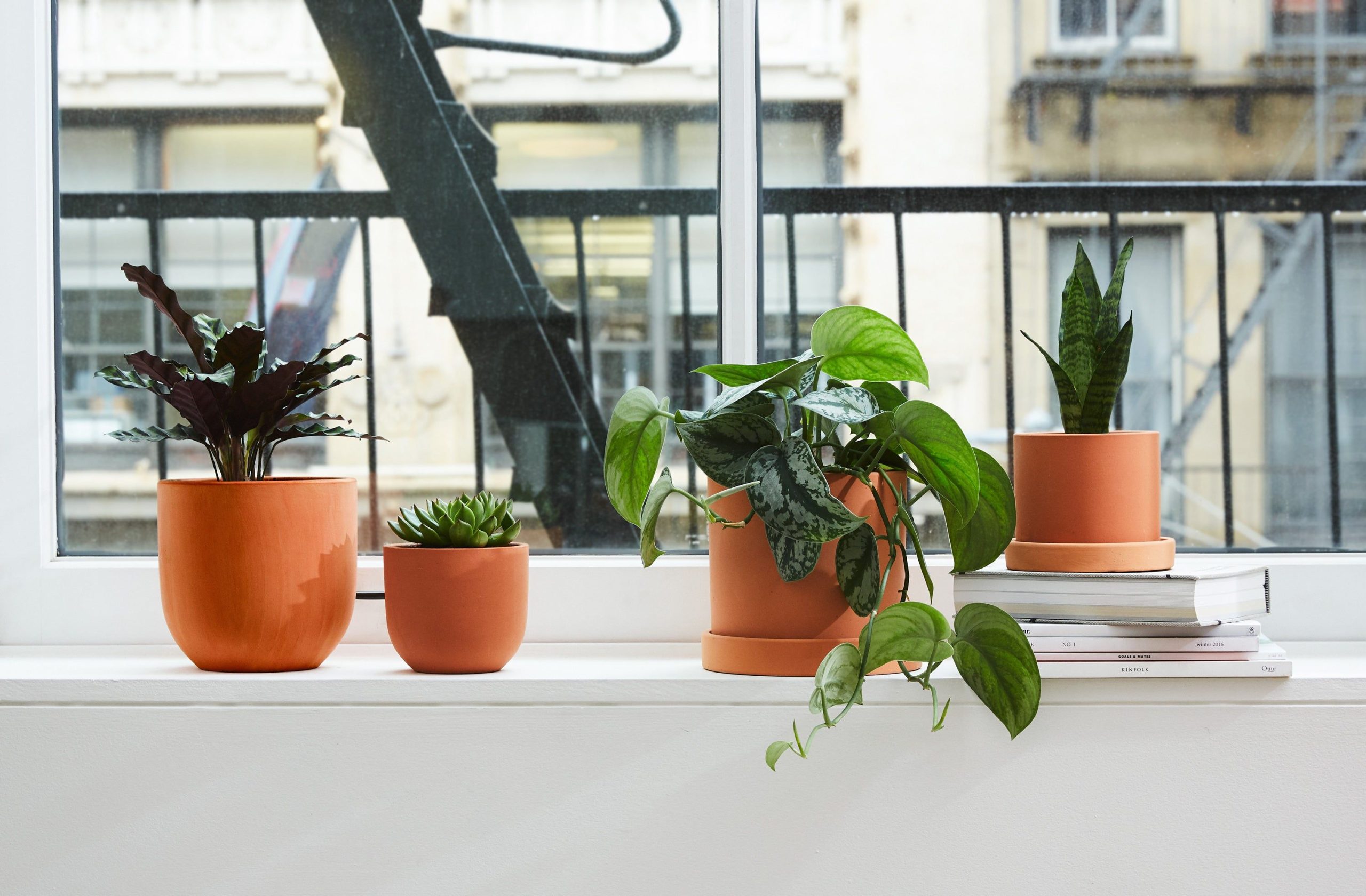Garden container planting tips include choosing appropriate containers, using a quality potting mix, selecting suitable plants, and providing proper drainage. Container gardening allows for flexibility in design and placement, making it a popular choice for small spaces or urban environments. Garden Container Planting Tips. let’s explore
When selecting containers, consider the size and material, ensuring they have drainage holes. Using a high-quality potting mix is essential for healthy plant growth and water retention. Carefully select plants that will thrive in containers, considering their size, sunlight requirements, and compatibility.
Finally, ensure proper drainage by adding a layer of rocks or broken pottery at the bottom of the containers. By following these tips, you can create a vibrant and successful garden in containers.

Credit: www.amazon.com
Choosing The Right Containers
Choosing the right containers for your garden plants is crucial for their growth and overall health. The right container can provide the necessary space for roots, proper drainage, and aesthetic appeal to complement your garden. Here are some essential factors to consider when selecting containers for your garden plants:
Material
When choosing containers for your garden plants, consider the materials’ durability and insulation properties. Materials such as terracotta, wood, and plastic are popular choices. Each material has its benefits; for instance, terracotta offers breathability, wood provides insulation, and plastic is lightweight and easy to move. Ensure that the material you choose suits the specific needs of your plants to promote healthy growth.
Size
The size of the container plays a significant role in the growth and development of your garden plants. Ensure the container size allows ample space for root growth and moisture retention. Always consider the mature size of the plants when selecting containers to avoid overcrowding and restricted growth.
Selecting The Ideal Plants
Choosing the right plants is crucial for the success of your garden container planting project. By selecting plants that are well-suited to your climate, have the appropriate sunlight requirements, and are compatible with each other, you can create a stunning and thriving container garden. In this section, we will explore these three factors in more detail to help you make informed decisions for your garden.
Consider The Climate
One of the first things to consider when selecting plants for your garden containers is the climate in which you live. Different plants thrive in different conditions, so it is essential to choose varieties that are suitable for your specific climate. Consider the average temperature range, rainfall patterns, and any extreme weather events that may occur in your area. This will help you identify plants that are well-adapted to your region and are more likely to flourish in your garden containers.
Sunlight Requirements
Another crucial aspect to consider is the sunlight requirements of your chosen plants. Some plants prefer full sun, while others thrive in partial shade or even full shade. Before making any plant selections, carefully assess the amount of sunlight your garden receives throughout the day. Observe the direction of the sun’s rays and note any areas of shade caused by buildings, trees, or other structures. By understanding the sunlight conditions in your garden, you can choose plants that will thrive in those specific conditions, ensuring they receive the light they need to grow and bloom at their best.
Plant Compatibility
When designing your container garden, it is essential to consider the compatibility of the plants you choose. Certain plants have specific requirements for soil, water, and pH levels, and not all plants will coexist harmoniously in the same container. To ensure successful plant combinations, take into account factors such as growth habit, water needs, and nutrient requirements. Choose plants that have similar preferences and care requirements to maximize their chances of thriving together. Additionally, consider aesthetics and design elements when selecting compatible plants, ensuring they complement each other, resulting in a visually appealing arrangement.
By carefully considering the climate, sunlight requirements, and plant compatibility, you can select the ideal plants for your container garden. This thoughtful selection process will contribute to a flourishing, visually pleasing garden that brings you joy throughout the seasons.
Preparing The Containers
Here are some essential tips for preparing garden containers for planting. With these guidelines, you can ensure a successful container gardening experience.
Cleaning
Before starting your container gardening adventure, it’s important to give your containers a good cleaning. How do you prepare a container for planting? Start by washing them with warm soapy water and rinse thoroughly. This step ensures that any dirt, residue, or pests from previous plants are removed.
Proper Drainage
What do you put in the bottom of a container garden? Well, proper drainage is essential for the health of your plants. To ensure optimum drainage, place a layer of rocks or broken pottery shards at the bottom of your container. This barrier prevents the soil from becoming waterlogged and allows excess water to drain freely.
Additionally, you can include a layer of horticultural charcoal, which helps absorb any odors and keeps the soil fresh. Just remember not to use gravel alone as it can create a perched water table, leading to water accumulation.
What Is The Best Mix For Container Gardening?
Creating the right soil mix for your container garden is vital for the success of your plants. Start by using a high-quality potting mix that is specifically formulated for containers. Look for mixtures that are lightweight, well-draining, and rich in organic matter.
You can also customize your mix by adding compost or peat moss to improve water retention. How do you take care of a garden container? Regularly check the soil moisture levels. It’s important to keep the soil consistently moist but not waterlogged to prevent root rot and other plant diseases.
Remember to feed your plants with a balanced liquid fertilizer throughout the growing season. This ensures they receive the necessary nutrients for healthy growth. Lastly, avoid over-filling your containers as it can lead to overcrowding and decreased airflow, hampering the plants’ root development.

Credit: gardenplanner.almanac.com
Planting Techniques
When it comes to container gardening, mastering the right planting techniques is crucial for the success of your garden. Properly planting your container plants not only ensures healthy growth but also creates an aesthetically pleasing display. Here are some essential planting techniques to help you get the most out of your garden containers.
Using High-quality Soil
How do you prepare a container for planting?
Using high-quality soil is paramount for container gardening success. A premium potting mix that contains a blend of organic matter and essential nutrients will provide a fertile environment for your plants to thrive. Look for a mix specifically formulated for container gardening, ensuring good drainage to prevent waterlogged roots.
Proper Planting Depth
What do you put in the bottom of a container garden?
When planting in containers, ensuring the proper planting depth is crucial. Before planting, add a layer of gravel or pebbles at the bottom of your container to enhance drainage. Once the container is prepared, place your plantings at the appropriate depth, ensuring the top of the root ball is slightly below the container rim. This will allow for easier watering and prevent soil washout during irrigation.
Spacing
- When it comes to spacing your plants within a container, it’s essential to ensure adequate room for growth.
- Consult the plant’s specific requirements for spacing recommendations, taking into account the mature size of the plant.
- Proper spacing allows for ample airflow between plants, reducing the risk of disease and promoting healthy development.
Ensuring Proper Drainage
How do you take care of a garden container?
Ensuring proper drainage in your garden container is vital for the health of your plants. To avoid waterlogging, add a layer of broken pottery or large stones at the bottom of the container. Additionally, check for adequate drainage holes in the base of the pot and consider elevating the container on pot feet to allow excess water to escape freely.
Choosing The Best Mix For Container Gardening
What is the best mix for container gardening?
When it comes to selecting the best mix for container gardening, look for well-draining, lightweight potting soil enriched with organic matter and slow-release fertilizers. Avoid using garden soil as it tends to compact and restrict root growth within the confined space of a container. Consider mixing in compost or perlite to further enhance soil aeration and moisture retention.
Maintenance And Care
Maintaining and caring for your garden containers is essential to ensure the health and vitality of your plants. With the right watering, fertilizing, and pruning techniques, you can keep your container plants thriving throughout the season. Here are some tips to help you effectively maintain and care for your garden containers:
Watering
Proper watering is crucial for the overall health of your container plants. Here’s how you can ensure they receive adequate moisture:
- Regularly check the moisture level of the soil by inserting your finger about an inch deep. If it feels dry, it’s time to water.
- When watering, apply water directly to the base of the plants, aiming to moisten the soil thoroughly. Avoid getting water on the leaves, as it can promote diseases.
Note: Container plants may require more frequent watering compared to those in the ground since their roots have limited access to water.
Fertilizing
Providing your container plants with the right nutrients is essential for their growth and productivity. Follow these fertilizing tips:
- Use a slow-release organic fertilizer or liquid fertilizer specifically formulated for container plants.
- Apply the fertilizer according to the manufacturer’s instructions, generally every four to six weeks during the growing season.
Note: Over-fertilization can lead to nutrient burn, so it’s important to follow the recommended dosage.
Pruning
Pruning is an important maintenance practice that helps promote healthy growth and enhances the appearance of your container plants. Here’s how you can effectively prune them:
- Regularly remove any dead, damaged, or yellowing leaves and stems to maintain plant health.
- Pinch back the tips of the plants to encourage bushier growth and prevent them from becoming leggy.
- Trim any overgrown or unruly branches to maintain an attractive shape and prevent overcrowding.
What do you put in the bottom of a container garden?
To ensure proper drainage and prevent waterlogged soil, it’s important to use a suitable material in the bottom of your container garden. Consider adding a layer of:
- Pea gravel
- Stones or broken pot shards
- Perlite or vermiculite
What is the best mix for container gardening?
Choosing the right potting mix is vital for the success of your container garden. Look for mixes labeled as “potting soil” or “container mix” that contain a blend of:
- High-quality organic matter
- Perlite or vermiculite for improved drainage
- Granular fertilizer or slow-release nutrients to support plant growth
By following these maintenance and care tips, you can ensure your container plants thrive and bring beauty to your garden throughout the season.

Credit: mwg.aaa.com
Frequently Asked Questions Of Garden Container Planting Tips
How Do You Choose The Right Container For A Garden?
To choose the right container for a garden, consider size, material, drainage, and aesthetics.
What Are The Best Plants For Container Gardening?
Choose plants suitable for containers, such as succulents, herbs, flowers, and compact vegetables.
How Often Should You Water Garden Container Plants?
Water garden container plants when the top inch of soil feels dry, usually once or twice a week.
Can You Use Regular Garden Soil In Containers?
Use a well-draining potting mix instead of regular garden soil for container plants to ensure proper drainage.
Conclusion
Effective container gardening can bring beauty and vibrancy to any outdoor space. By selecting the right containers, soil, and plants, you can create a thriving garden in even the smallest of areas. With thoughtful care and attention, your container garden can flourish and provide a beautiful oasis for you to enjoy.










